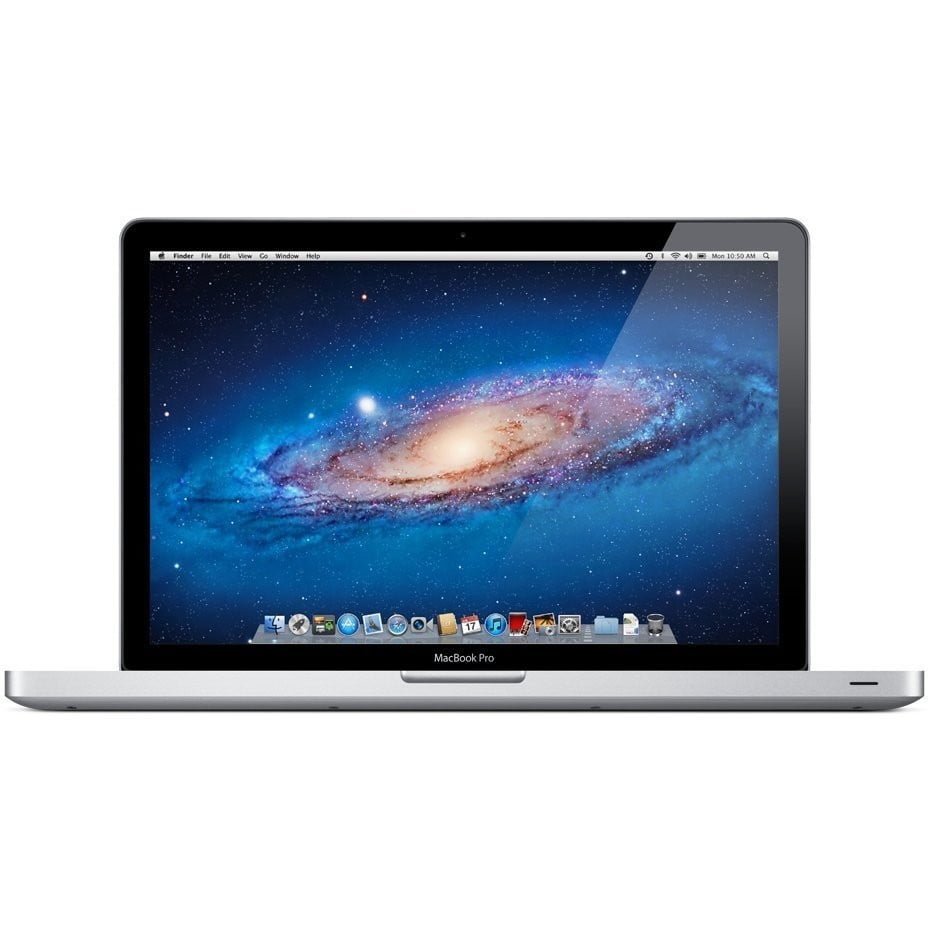
This means that it’s now possible to get a reasonably priced SSD with sufficient storage, and as a result, the fusion drive loses a lot of its initial appeal. However, as the years have gone by SSDs have become cheaper and available with greater capacity. This made the whole concept of a fusion drive pretty attractive (back in the day). When Apple first introduced fusion drives to the world, SSDs were incredibly expensive and the storage available on them was very limited. The tech industry is a rapidly changing industry with new technologies often becoming obsolete within a few years. It’s been 8 years since the fusion drive was first introduced and a lot has changed in the tech world since then. A fusion drive is unable to decipher what samples you’re going to require at any given time and especially on larger sessions where you’re using a large amount of RAM you would find sporadic playback. A real-world example of this would be running a pro tools session. This slows down the workflow and again you won’t see any speed benefits because of this. In addition to this, assets and files used for professional applications can be poorly cached, with a single project being split across both HDD and SSD parts. This means that although you are supposed to be benefiting from having a faster SSD as well as HDD, the actual storage of your device is mostly carried out by the slower HDD, so you’re not actually getting the true speed benefits that you would expect to be getting from the SSD portion of your device. With a fusion drive, most of your storage is a slow HDD, while the SSD portion of your device is usually 128gb that is mainly used as a cache. Since 2012 though much has changed, and for creatives, in particular, it does not make sense to get a fusion drive device. On top of this, the amount of storage capacity that you could get from a hard drive could not be matched by an SSD. When it comes to speed there is no beating an SSD, however, when the fusion drive was first introduced SSDs were far more expensive than traditional hard drives. In this blog, we will take a closer look at the fusion drive and explain just why it is one to avoid.


However, the hybrid drive is far from perfect and just like most products, has its drawbacks. When the fusion drive was first announced they were significantly cheaper than a full SSD device and gave you faster boot time and plenty of storage space. First announced in 2012, fusion drives are available in select Mac and iMac models.

Apple’s fusion drive is a hybrid drive that offers the best of both worlds, combining flash storage and hard drive storage in one.


 0 kommentar(er)
0 kommentar(er)
